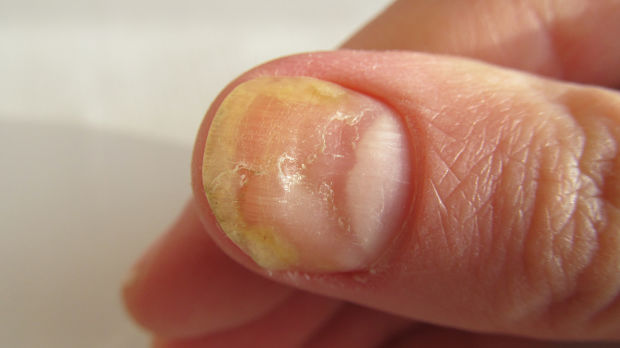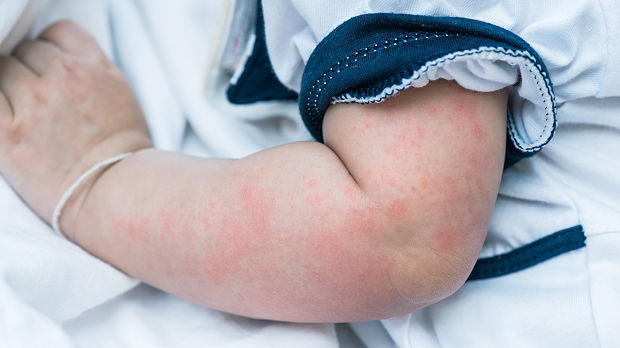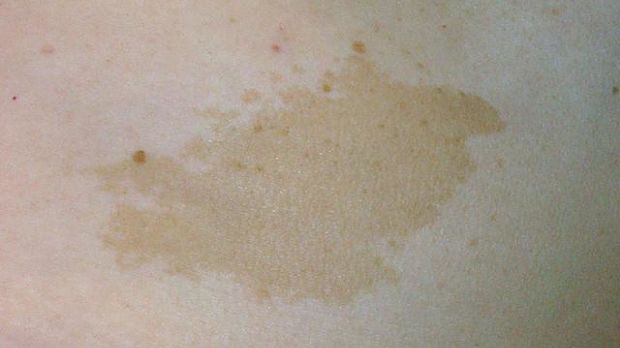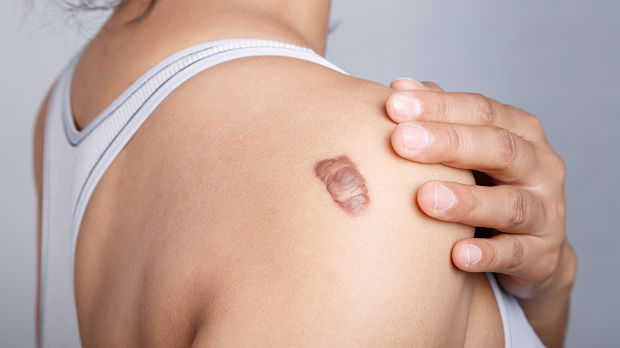
Lab Monitoring For Kids Using Terbinafine
January 29, 2018Terbinafine is an effective systemic treatment for onychomycosis, a fungal infection of the nail. Pediatric cases of the infection, which results in discoloration and thickening of the nails, usually respond well to topical treatments, but when the infection starts to affect the nail’s matrix, a systemic option is needed. When adults use terbinafine, they undergo …




